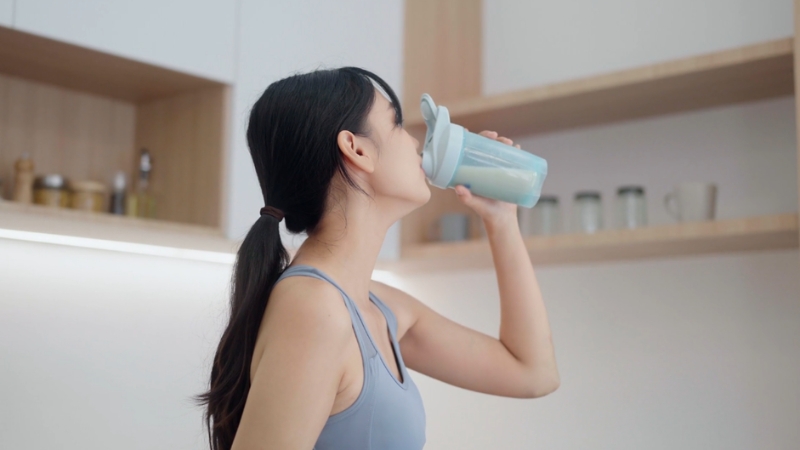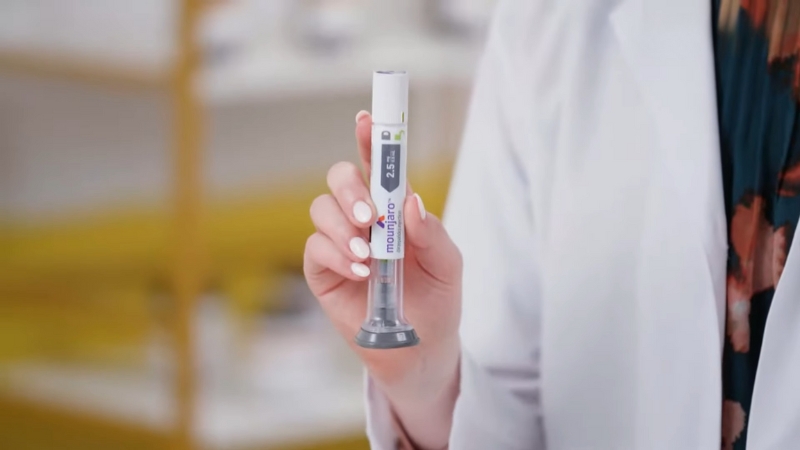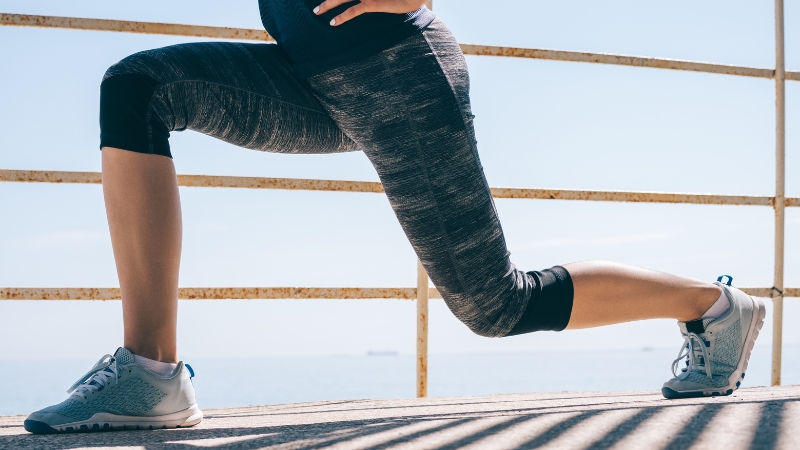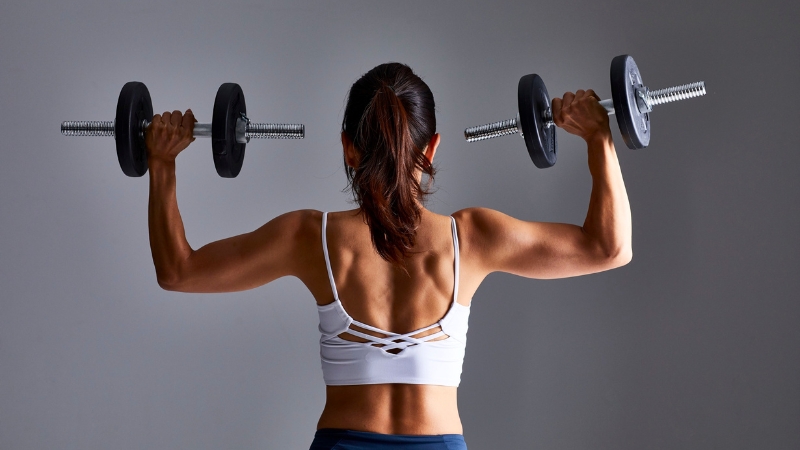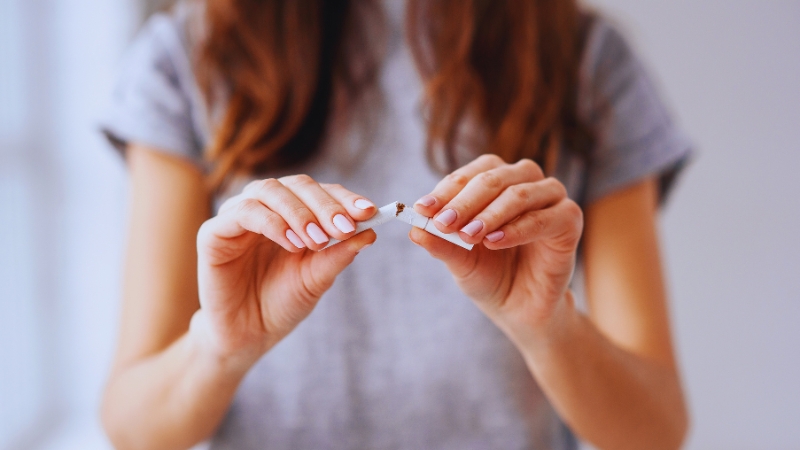
Share Post:
Lung health directly influences quality of life. Each breath fuels the body, delivering oxygen essential for survival.
Smoking, unfortunately, interrupts that process by introducing toxins that damage airway structures and compromise function.
Choosing to quit smoking sparks powerful physiological changes. One of the most immediate benefits includes the gradual improvement of lung strength and performance.
Individuals often notice fewer episodes of coughing, reduced breathlessness, and a general feeling of renewed vitality.
The purpose here is to examine how long it takes for lung strength to return after quitting smoking.
The recovery path may vary based on age, smoking history, and overall health, but certain patterns have emerged that reflect encouraging progress for most.
Table of Contents
ToggleDetailed Recovery Timeline
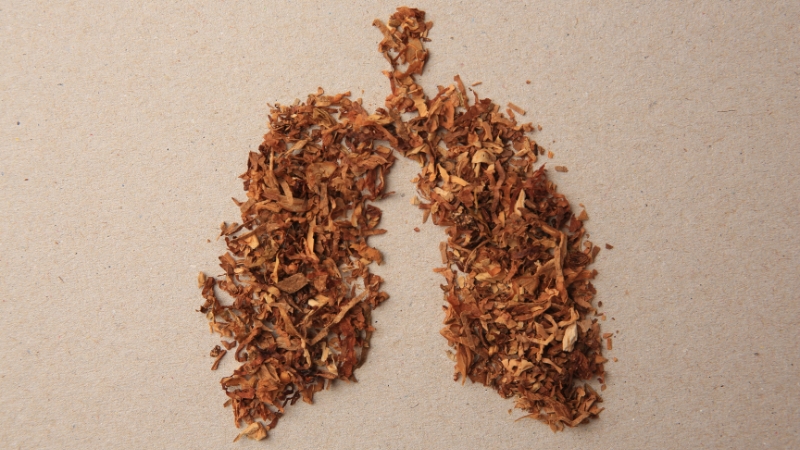
Lung recovery begins within hours of quitting smoking and continues gradually over time.
Progress can be tracked through key milestones, each bringing noticeable physical improvements.
The pace and extent of healing vary, but most people experience clear wins in lung function, energy levels, and overall well-being.
First 24 Hours
The body reacts quickly after the final cigarette. Internal systems begin clearing out toxins and correcting imbalances caused by years of combustion.
Key changes within the first day include:
- Carbon monoxide exits the bloodstream, allowing oxygen levels to rise
- Blood vessels relax, improving circulation
- Energy starts to return, with many feeling less chest tightness
- Heart begins pumping more efficiently
Vaping helps users skip this dangerous carbon monoxide phase entirely. Without combustion, there’s no exposure to the gas, and oxygen transport remains steady.
Even within a day, small signs like warmer extremities or smoother breathing point to progress.
For those using devices like those we can find at Yocan hardware, the vaping experience can also be more controlled and safer due to temperature regulation, quartz coil options, and toxin-reducing designs.
1–3 Days

Toxins continue to leave the body. Subtle but meaningful changes take place as lung tissue begins active repair.
Notable improvements during this period:
- Cilia begin to recover, restoring mucus-clearing ability
- Breathing becomes easier as the mucus buildup starts to drop
- Sense of taste and smell often improve
- Reduced risk of respiratory infections as airways calm
Since vapes offer a smoother transition without the combustion byproducts that suppress ciliary movement, lung cleanup occurs with fewer irritants in play.
Reduced exposure to tar and ash gives the lungs an easier job as they repair and reactivate natural defense mechanisms.
1 Week
The first full week without smoking often marks a turning point. Breathing grows more comfortable, and lung function stabilizes noticeably.
Key milestones reached after one week:
- Reduced inflammation in bronchial tubes
- Mucus production normalizes
- Coughing often lessens or stops
- Physical activities become easier due to improved oxygen flow
Vaping supports this upswing without triggering the trauma that traditional cessation often brings.
Fewer irritants and customizable nicotine levels make it easier to stay on track while recovery continues.
2 Weeks to 3 Months
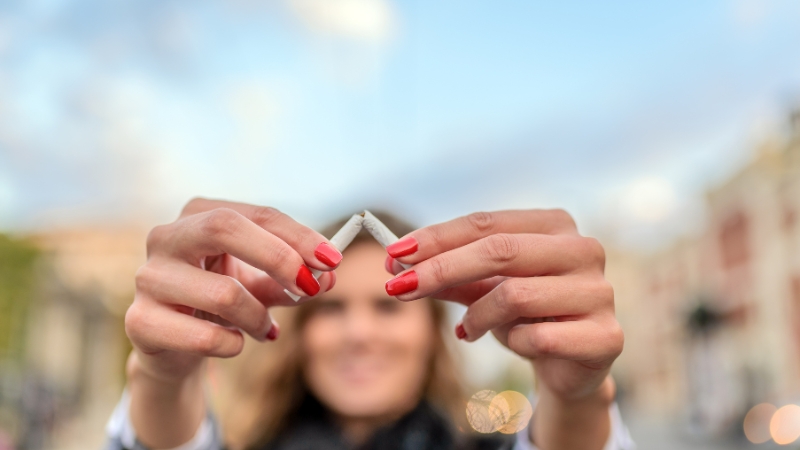
Lungs gain momentum as recovery accelerates. Activity feels lighter, and stamina returns in ways many haven’t felt in years.
Expected benefits during this window:
- Up to 30% improvement in lung function
- Decreased shortness of breath
- Improved sleep due to less coughing
- Better exercise tolerance and oxygen efficiency
Vaping remains a reliable tool during this period. By avoiding combustion products, the lungs continue healing with fewer setbacks. Many former smokers find they can stay active and alert more consistently.
6 Months
Six months in, major recovery becomes obvious. Lung performance steps into a new tier of strength and efficiency.
Positive developments at this stage:
- Cilia are nearly fully restored and functioning
- Mucus is cleared more effectively
- Coughing becomes rare or disappears entirely
- Lung capacity increases, supporting endurance
Vaping helps preserve this progress. Since there’s no smoke to reintroduce damage, lungs continue operating in cleaner conditions. Consistency pays off, and daily comfort improves dramatically.
1 Year
@noimnotsaraalmost 1 year into being nicotine free 🎂♬ NOKIA – Drake
A year without smoking transforms overall respiratory health. Lungs, heart, and immune response all show strong renewal.
What to expect at the one-year mark:
- Major drop in respiratory infection frequency
- Better lung tone and clear airways
- Cardiovascular risk—especially for heart disease—decreases significantly
- Breathing becomes second nature, even during exertion
People who use vaping as a replacement often find themselves reaching this point with fewer struggles. Less inflammation and no tar allow healing to stay on track with minimal interruption.
5 to 10 Years
By the five-to-ten-year mark, long-term healing becomes undeniable. Lung health approaches its maximum potential after smoking.
Improvements observed over this extended period:
- Lung cancer risk drops by about 50%
- COPD and chronic bronchitis risks reduce significantly
- Airflow and lung volume feel normalized
- Physical performance rebounds, even in older adults
Vaping continues to offer a sustainable, low-impact alternative for those maintaining nicotine use. Without combustion, ongoing healing continues in a much safer environment.
For many, this method becomes part of a healthy routine rather than a harmful habit.
What Happens to the Lungs When You Smoke
Inhaling cigarette smoke places immediate stress on the lungs. Instead of clean air, the respiratory system is flooded with chemicals that cause irritation, inflammation, and cellular damage.
These effects do not pass quickly; they accumulate over time, disrupting the body’s natural ability to breathe, defend itself, and circulate oxygen.
To better understand the scope of this damage, it’s helpful to break it down into specific effects on lung structures and overall function.
Key ways smoking impacts lung health include:
- Chemical exposure: Tar, carbon monoxide, nicotine, and carcinogens overwhelm lung tissues.
- Cilia damage: These protective hair-like structures become paralyzed or destroyed.
- Alveolar breakdown: Air sacs responsible for gas exchange lose their structure.
- Inflammation and blood vessel constriction: Reduced airflow and oxygen transport.
- Increased infection risk: Weakened immune defense leaves lungs vulnerable.
Cilia, the tiny hairs lining the respiratory tract, serve as the first line of defense by sweeping away dust, bacteria, and excess mucus.
Smoking causes these structures to slow, stiffen, and eventually stop functioning. Without them, debris settles in the lungs, allowing mucus to build up and infections to flourish.
Alveoli, the microscopic air sacs deep in the lungs, handle oxygen delivery and carbon dioxide removal.
Smoke exposure damages their thin walls, reducing their elasticity and surface area.
As a result, breathing feels labored, and blood oxygen levels drop. Chronic exposure leads to inflammation, scarring, and loss of lung efficiency.
The longer smoking continues, the more severe the consequences. Many smokers develop conditions such as:
- Chronic bronchitis
- Emphysema
- Chronic obstructive pulmonary disease (COPD)
- Elevated lung cancer risk due to DNA mutation
Respiratory infections also become more frequent due to a compromised immune response in the lungs. What was once an occasional cold can escalate into persistent bronchitis or more severe respiratory issues.
Switching to vaping often brings noticeable relief. Since vaping avoids combustion and tar, it spares lung tissues much of the mechanical and chemical trauma associated with traditional cigarettes.
Many who transition report easier breathing, less mucus buildup, and fewer infection flare-ups. For those seeking a realistic and gentler method to manage nicotine dependence while healing lung function, vaping offers a safer and more sustainable path forward.
Smoking Cessation Aids
Quitting smoking doesn’t always happen on sheer willpower alone. Most people benefit from tools and support systems that help manage cravings, reduce stress, and ease the physical transition.
The right cessation aid can make all the difference in staying committed and avoiding relapse.
Nicotine Replacement Therapies (NRTs) come in several forms—patches, gums, lozenges, and nasal sprays. These methods supply the body with controlled doses of nicotine, allowing individuals to wean off gradually without inhaling the harmful substances found in cigarettes.
For many, NRTs help reduce withdrawal symptoms and lower anxiety during the initial phases of quitting.
Prescription medications offer another layer of support. Options like varenicline or bupropion act on the brain’s reward system to reduce cravings and dampen the satisfaction associated with nicotine. Under medical supervision, these drugs can double or even triple success rates for long-term quitting.
Behavioral support and counseling provide crucial emotional reinforcement. Group therapy, one-on-one coaching, or even mobile apps offer strategies for managing triggers and developing healthier routines. Building accountability often turns short-term quitting into lifelong abstinence.
Individualized plans work best. Each person has different triggers, preferences, and health needs. Some succeed with a single method, while others benefit from a combination of aids. The key lies in choosing a path that feels sustainable and supportive.
Final Thoughts
Over days, weeks, months, and years. Each stage brings clearer breathing, stronger endurance, and lower risks of disease.
Cilia regenerate. Mucus clears. Airflow improves.
Every cell moves in the direction of renewal. Lung strength rebounds, especially when supported by hydration, nutrition, exercise, and a clean environment.
The body has been waiting for this chance to repair itself, and it does not waste time.
Related Posts:
- Can’t Find the Energy? Tips for Working Out After a…
- 10 Top Supplements for Faster Recovery After Long Runs
- How to Handle Common Running Injuries? Preventative…
- How Long Does It Take for Creatine to Leave Your…
- How Long Does It Take for Muscles to Recharge During…
- How Long Does It Take to Get Certified as a Fitness Coach?


